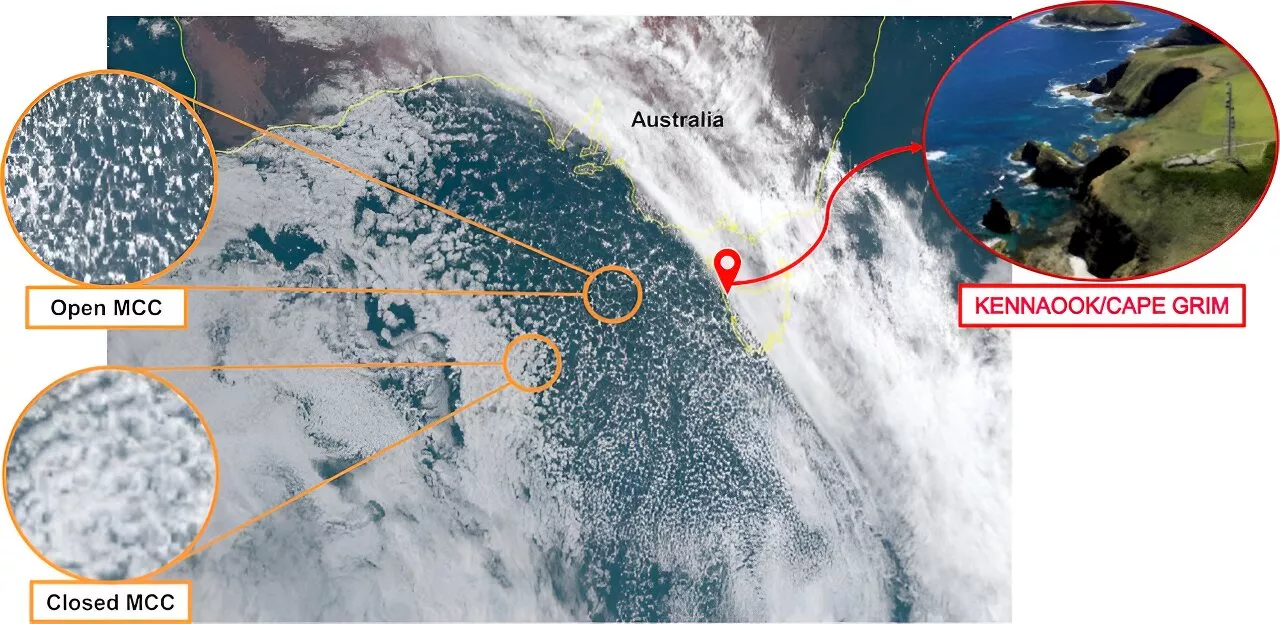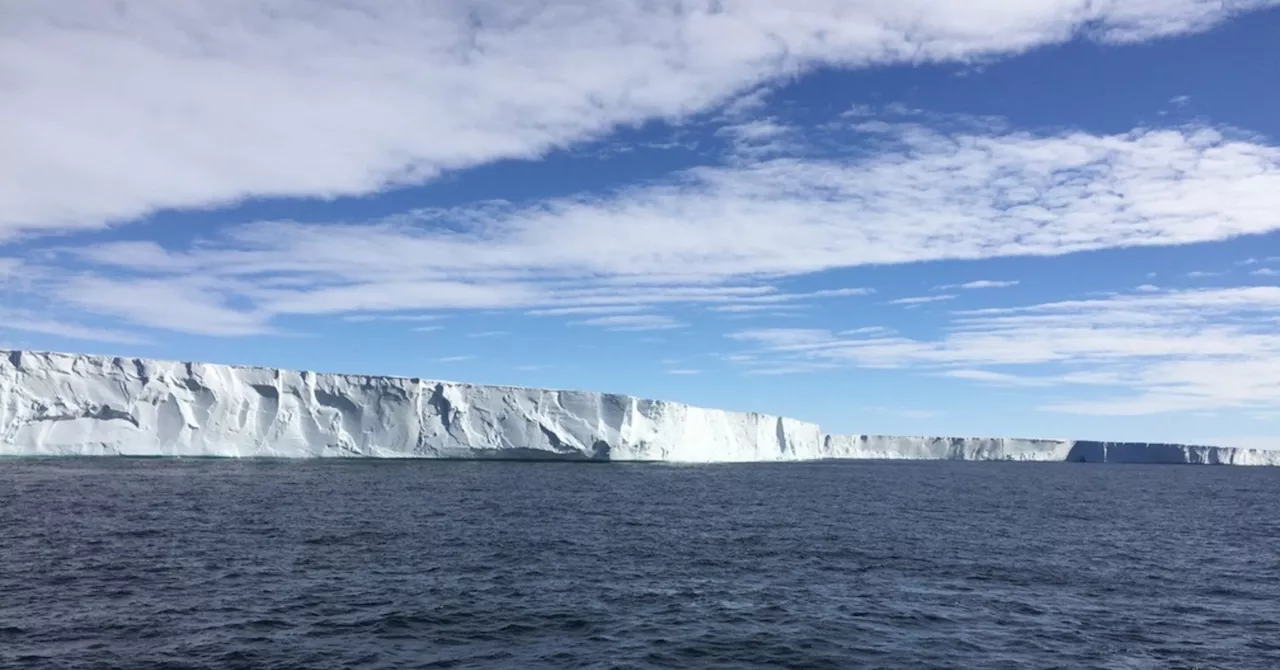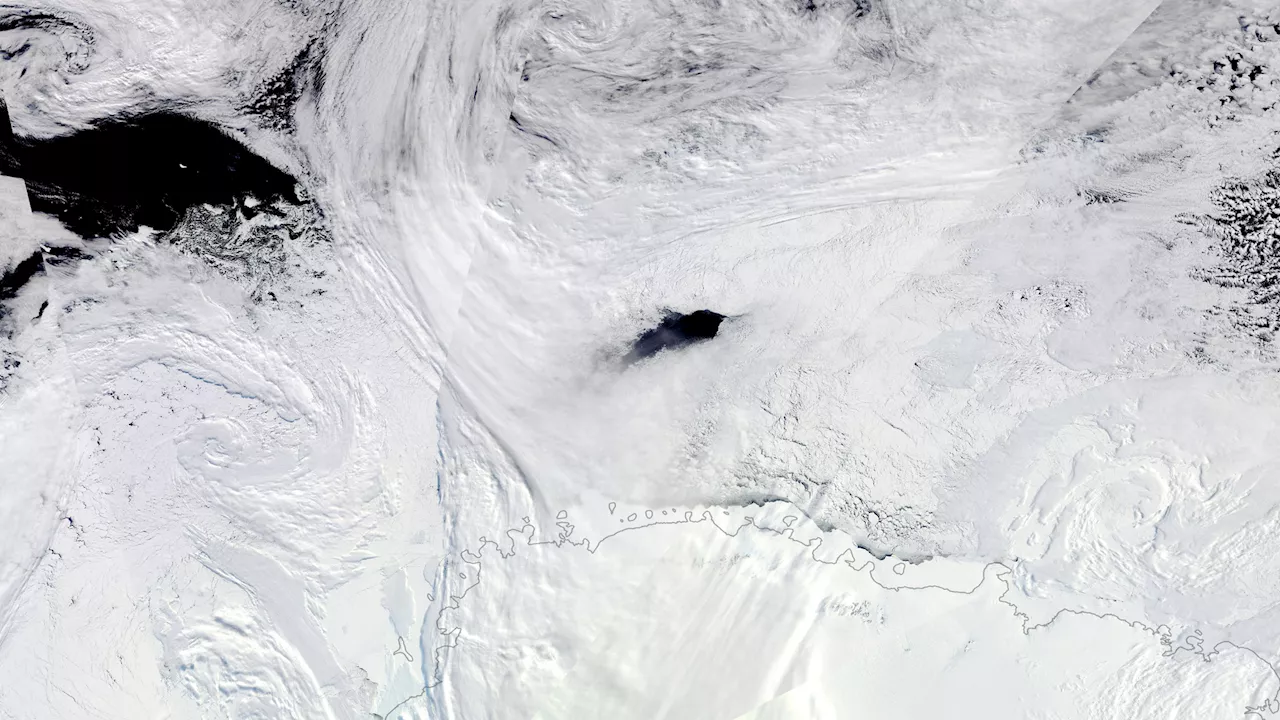Scientists found the missing puzzle piece in the 50-year-old mystery of the sea-ice opening, or polynya, in the Southern Ocean.
Scientists have discovered the missing fragment of the Maud Rise polynya puzzle, providing a full picture of the mystery at last. The mysterious Maud Rise polynya is named after an oceanic plateau in the Weddell Sea, plunging to depths of about 1,000 meters.
Polynyas are areas of open water surrounded by sea ice. The Maud Rise polynya was noticed for the first time in 1974. The polynya does not appear every year, making it both more challenging and interesting to research. Luckily, it showed up in 2016 and 2017. “The polynya has not opened up again since 2017. The last time we had such a long-lived and large polynya was in the 1970s.
Diving into the mystery of the polynya, they found that its formation involves the participation of three key elements— wind, ocean currents, and the uniqueness of the ocean floor. These aid in the transport of heat and salt towards the surface. During the period when the polynya appears, a stronger current emerges around the Weddell Sea, and with it rises a long column of warm, salty water. This facilitates the exchange of salts and heat in the surface water, as oceanographer Fabien Roquet. However, as the ice melts, it should stop mixing. This led them to the idea that there is another process that introduces salt.which could explain the hole’s persistence.
United Kingdom Latest News, United Kingdom Headlines
Similar News:You can also read news stories similar to this one that we have collected from other news sources.
 The Southern Ocean has the cleanest air on Earth—scientists have just discovered whyThe Southern Ocean is renowned for having the cleanest air on Earth. But the precise reasons why have remained a mystery, until now.
The Southern Ocean has the cleanest air on Earth—scientists have just discovered whyThe Southern Ocean is renowned for having the cleanest air on Earth. But the precise reasons why have remained a mystery, until now.
Read more »
 Ocean currents threaten to collapse Antarctic ice shelves, study findsA new study published in Nature Communications has revealed that the interplay between meandering ocean currents and the ocean floor induces upwelling velocity, transporting warm water to shallower depths. This mechanism contributes substantially to the melting of ice shelves in the Amundsen Sea of West Antarctica.
Ocean currents threaten to collapse Antarctic ice shelves, study findsA new study published in Nature Communications has revealed that the interplay between meandering ocean currents and the ocean floor induces upwelling velocity, transporting warm water to shallower depths. This mechanism contributes substantially to the melting of ice shelves in the Amundsen Sea of West Antarctica.
Read more »
 Ocean currents threaten to collapse Antarctic ice shelvesMeandering ocean currents play an important role in the melting of Antarctic ice shelves, threatening a significant rise in sea levels.
Ocean currents threaten to collapse Antarctic ice shelvesMeandering ocean currents play an important role in the melting of Antarctic ice shelves, threatening a significant rise in sea levels.
Read more »
 Scientists Solved a 50-Year Mystery of What Punched The Giant Hole in Antarctic IceThe Best in Science News and Amazing Breakthroughs
Scientists Solved a 50-Year Mystery of What Punched The Giant Hole in Antarctic IceThe Best in Science News and Amazing Breakthroughs
Read more »
 Giant rogue waves: Southern Ocean expedition reveals wind as key causeA recent expedition in the Southern Ocean has discovered that wind is a key cause of giant rogue waves. The findings shed light on the formation and behavior of these unpredictable and dangerous waves.
Giant rogue waves: Southern Ocean expedition reveals wind as key causeA recent expedition in the Southern Ocean has discovered that wind is a key cause of giant rogue waves. The findings shed light on the formation and behavior of these unpredictable and dangerous waves.
Read more »
 The Role of Clouds and Rain in Cleaning the Air over the Southern OceanThis article discusses the influence of clouds and rain on aerosol levels over the Southern Ocean, which is known for its lack of human activity. The Southern Ocean experiences short-lived, sporadic showers and is the cloudiest place on Earth. Understanding these processes has been challenging due to the lack of high-quality observations, but new satellite technology is providing unprecedented detail.
The Role of Clouds and Rain in Cleaning the Air over the Southern OceanThis article discusses the influence of clouds and rain on aerosol levels over the Southern Ocean, which is known for its lack of human activity. The Southern Ocean experiences short-lived, sporadic showers and is the cloudiest place on Earth. Understanding these processes has been challenging due to the lack of high-quality observations, but new satellite technology is providing unprecedented detail.
Read more »
